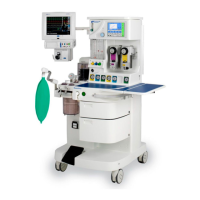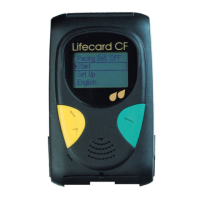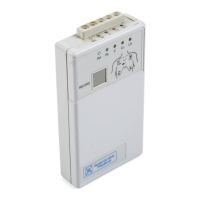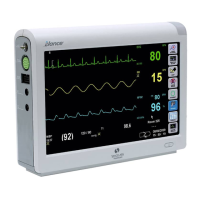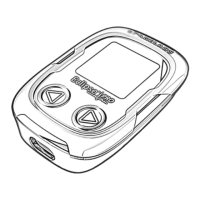How to fix MAINS FAIL alarm on Spacelabs Healthcare Medical Equipment ventilator?
- CChristian HarveyAug 14, 2025
If the 'MAINS FAIL' alarm activates when you switch on your Spacelabs Healthcare Medical Equipment ventilator, it could be due to several reasons. First, ensure the power cable is securely connected. If it is, check the mains supply for any issues. Finally, inspect the fuses and replace them if necessary.
